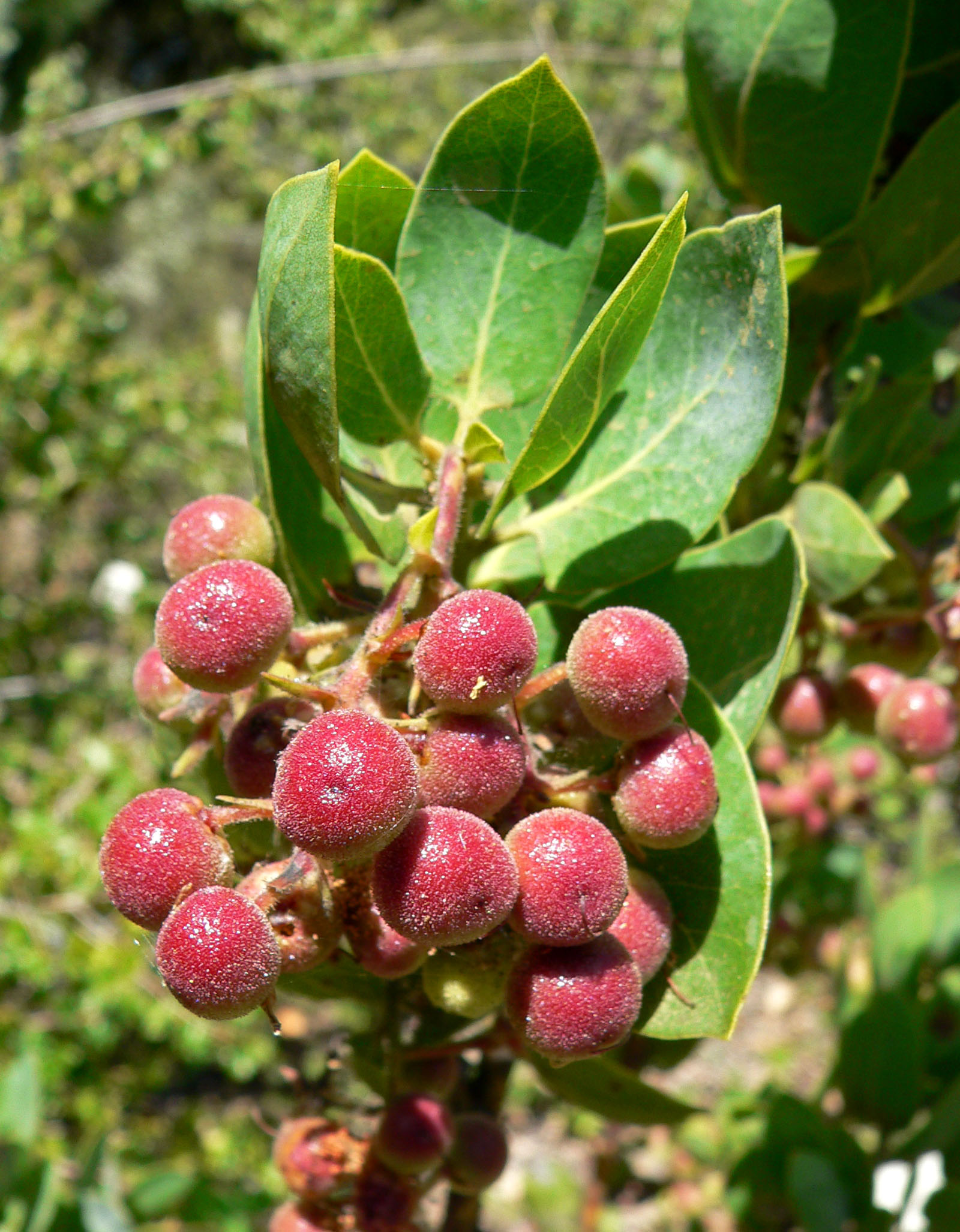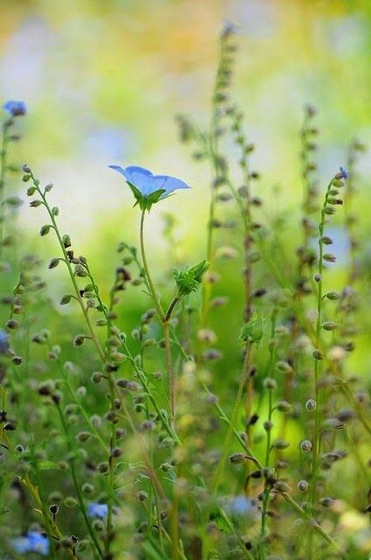Bigberry Manzanita (Arctostaphylos glauca) via BeWaterWise.com
A few months ago I was invited down the office of the Metropolitan Water District to meet a number of people involved in their BeWaterWise.com project to help reduce water usage in California. As part of their efforts, they focus on providing plant alternatives to water hungry lawns. Over the next several weeks, I will be highlighting some of their garden alternatives as part of this series. For more information on these plants and other water conservation ideas and programs, vist BeWaterWise.com. Follow the MWD on Twitter at BeWaterWiseH2O — Douglas

“Arctostaphylos glauca 2” by Stan Shebs. Licensed under CC BY-SA 3.0 via Wikimedia Commons.
This native Californian has blue-gray leaves, which offset clusters of pink to white urn-shaped flowers. The flowers bloom in late winter to early spring and are followed by berrylike red or brown fruits that attract birds. Known for its crooked branches of dark purple/brown bark, this variety is a tall shrub that can spread up to 15 feet tall and 20 feet wide. There are many different varieties of manzanita; all are evergreen, take full sun or light shade and require little to moderate water. — BeWaterWise.com
Arctostaphylos glauca is a species of manzanita known by the common name bigberry manzanita. It is native to California and Baja California, where it grows in the chaparral and woodland of coastal and inland hills.
Arctostaphylos glauca is a large shrub varying in size from one to well over six meters in height. Individuals growing in desert regions tend to be shorter than those on the coast. Leaves are light gray-green, somewhat waxy, oval in shape to nearly round, and smooth or toothed along the edges. They are up to five centimeters long and four wide and grow on short petioles about a centimeter long.
The inflorescence holds hanging clusters of narrow urn-shaped white flowers. The edible fruit is a round or egg-shaped drupe 12 to 15 millimeters wide. It is light red in color and has a thick pulp covered in a tough, sticky coat. The fruit contains three to six nutlets fused into a single mass. The shrub reproduces by seed and by layering. Seeds require exposure to fire before they can germinate.
It is a long-lived species, reaching 100 years of age or more, though it does not begin to fruit until it is around 20 years old. The shrub is allelopathic, inhibiting the growth of other plants in its understory when rain leaches toxic arbutin and phenolic acids from its foliage.[1] — Wikipedia
- Bigberry Manzanita (Arctostaphylos glauca) at BeWaterWise.com
- Bigberry Manzanita (Arctostaphylos glauca) at Wikipedia
- Bigberry Manzanita (Arctostaphylos glauca) at Las Pilitas Nursery
Previously in the Interesting Plant series:
- Douglas Iris (Iris douglasiana)
- Malva Rosa (Lavatera assurgentiflora)
- Baby Blue-Eyes (Nemophila)
- Coral Bells or Alum Root (Heuchera)
- Deer Grass (Muhlenbergia rigens)
- Echeveria ‘Lola’
- View all past “Interesting Plant” posts
Interesting Plant is a series from A Gardener’s Notebook blog and podcast that highlights the most interesting plants I find in my Internet and real-world travels — Douglas






